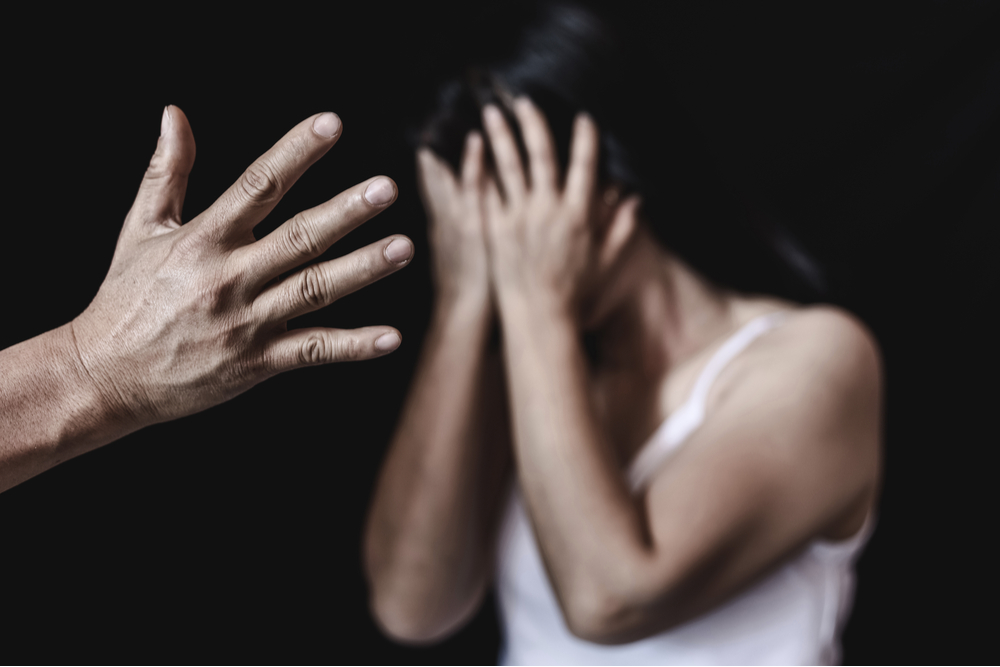Many states have legalized marijuana, and others are making moves toward marijuana legalization. With legalization increasing, the perception of risk associated with marijuana use is decreasing. Increasingly, young people do not view marijuana use as risky behavior. Often, marijuana advocates downplay marijuana’s negative effects on public health and safety.
Marijuana and Psychosis
Among the negative effects that marijuana use has on the brain and mental health, some studies suggest an association with cases of violence. Marijuana intoxication can cause panic reactions and paranoid feelings, which can cause symptoms of suspicion, aggressiveness, and anger, leading to violence. In some cases, marijuana can cause or exacerbate psychosis, and psychosis is a high risk factor for violence. During a psychotic episode, a person’s perception of reality is altered, and they are unable to distinguish reality from hallucinations.
Studies on Marijuana and Violence
While marijuana research continues to grow, there are documented links between marijuana use and violence:
- In a case review of 14 cases of violence, chronic marijuana users who suffered from pre-existing medical conditions and used marijuana in an attempt to alleviate their symptoms actually worsened their conditions over time.1
- Drug use was linked to a fivefold increase in violence in a study of 6,000 British and Chinese men. The drug used was almost always cannabis.2
- Studies found that one-third of incarcerated subjects that committed homicide had used marijuana twenty-four hours before the homicide.2
- Consistent marijuana use during adolescence was the most predictive indicator of intimate partner violence.3
The Rise of Marijuana Use
- Marijuana Use is Increasingly Common
With over 192 million users worldwide, marijuana is the most consumed illicit drug, and the number of people who use cannabis heavily is growing. In 2017, 8 million Americans used cannabis at least 300 times a year– the standard for daily use.1
- Marijuana is Becoming More Potent
The amount of THC, the psychoactive component of marijuana, has climbed.THC percentages are 5 to 10 times higher today compared to 20 years ago. Marijuana concentrates are extremely potent. Higher potency is more likely to cause violent behavior.
- Marijuana Can Be Addictive
People used to believe that marijuana was non-addictive. However, with increased THC levels, that has changed. According to the Substance Abuse and Mental Health Services Administration (SAMHSA), approximately 1 in 10 people who use marijuana will become addicted. When they start before age 18, the rate of addiction rises to 1 in 6.4
Debunking Misperceptions about Marijuana
Wider public awareness of the risks and side effects of marijuana can help combat the low risk perception of marijuana use. At 3rd Millennium Classrooms, we offer both marijuana prevention courses and marijuana intervention courses that equip people to make healthy decisions. These courses highlight risks and encourage self-reflection on habits and consequences of use.
Get in touch with us to bring marijuana education to your school, institution, court, or agency.
References
- Norman S. Miller, Redon Ipeku, and Thersilla Oberbarnscheidt. A Review of Cases of Marijuana and Violence. International Journal of Environmental Research and Public Health, 2020. https://www.mdpi.com/1660-4601/17/5/1578
- Alex Berenson. Marijuana Is More Dangerous Than You Think. The Journal of the Missouri State Medical Association, 2019. https://www.ncbi.nlm.nih.gov/pmc/articles/PMC6461328/
- Moore, T.M.; Stuart, G.L. A Review of the Literature on Marijuana and Interpersonal Violence. Aggress. Violent Behav. 2005. https://www.sciencedirect.com/science/article/abs/pii/S1359178903000867?via%3Dihub
- “Know the Risks of Marijuana.” Substance Abuse and Mental Health Services Administration. https://www.samhsa.gov/marijuana




